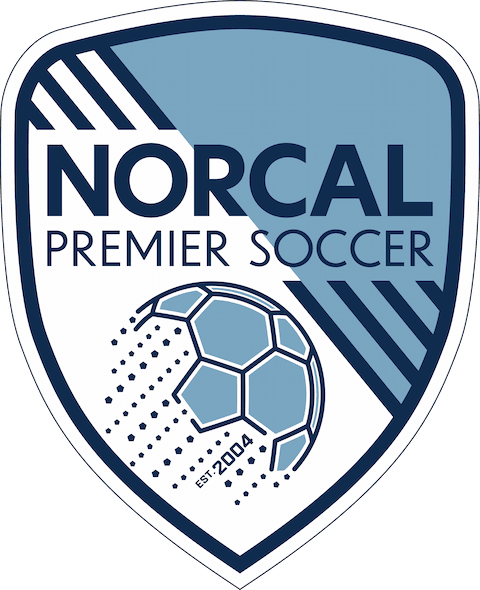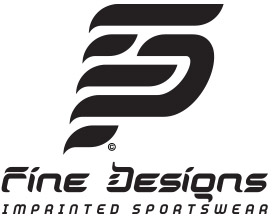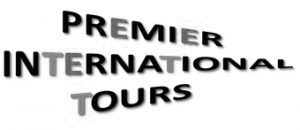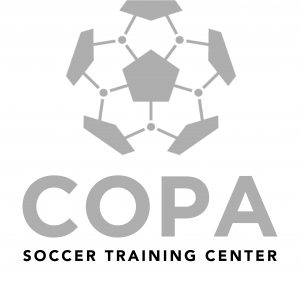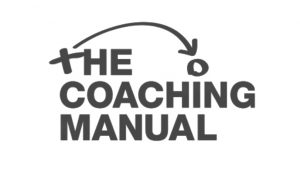2024 Summer Coaching Symposium: Day 2
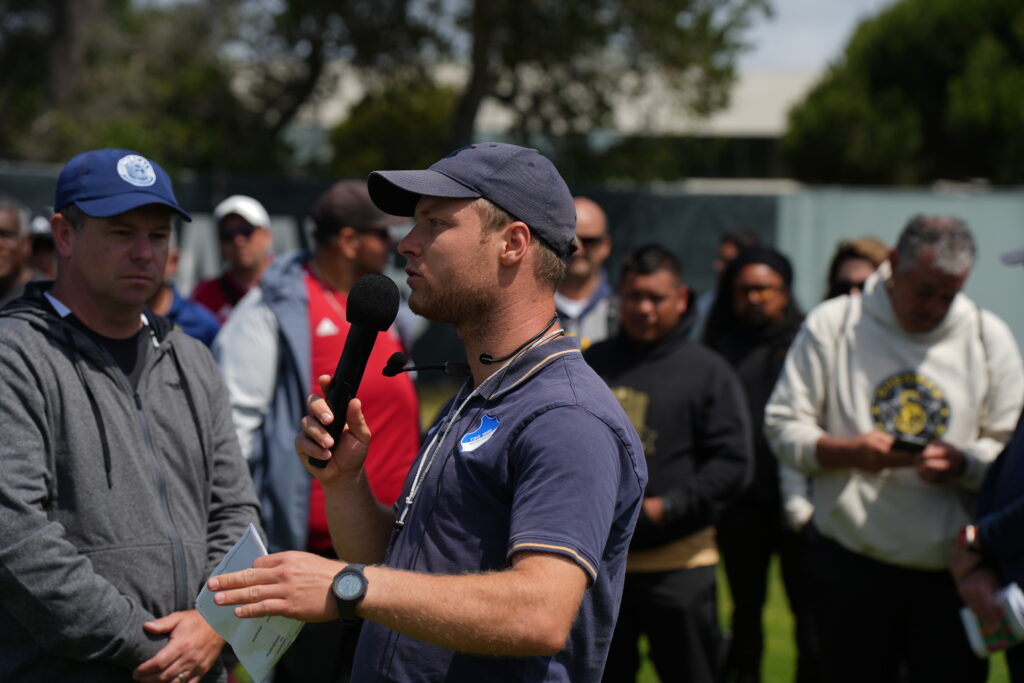
For the second day of the NorCal Premier Soccer Summer Coaching Symposium, the action began early and continued all throughout the afternoon as roughly 400 coaches from dozens of different clubs gathered at the Oakland Roots training facility in Alameda for a series of world class lessons Saturday.
On the day, three different clinicians presented: U19 TSG Hoffenheim head coach Tobias Nubbemeyer, former Latvia Men’s National Team and Dundee United assistant head coach, Motherwell F.C Academy Director and Sheffield United International Academy Manager Gordon Young, and AC Milan Youth Director Professor Vincenzo Vergine.
The action started with Nubbemeyer, who continued building on the ideas he expressed the previous day: namely that he wants his players to win the ball quickly, then move forward to attack immediately.
“We’re not built on collecting passes,” Nubbemeyer said. “We’re built on breaking through, but sometimes you need to collect passes to do that.”
Through a series of clips from his team’s season, in which they became the first team to ever win the U19 Bundesliga and DFB Pokal, Nubbemeyer showcased how he tries to create situations for his players where they always have a 2v1, which would be the focus of his field session later.
Interestingly, Nubbemeyer stressed that he always wanted his players to find these numbers up scenarios by using as little width as possible due to the fact that with less width, his wide players are frequently in good positions to counterpress when they lose the ball.
From there, Nubbemeyer led two field sessions devoted to these principles, helped out by the NorCal PDP boys.
“I enjoyed the sessions because Tobias was very clear and direct with what he wanted to get out of it,” said EC Revolution Director of Coaching and NorCal Board of Directors member Tom Ginocchio. “Regardless of whether or not the players could achieve it, his emphasis was on pressing, creating 2v1s, drawing defenders in, switching the point of attack and then specifics on the service, hitting the second six or hitting it to the back post in the air…he was very specific in what he wanted to see. I liked that he was very focused on what he wanted to see and achieve in the session and he stuck to his principles the whole time.”
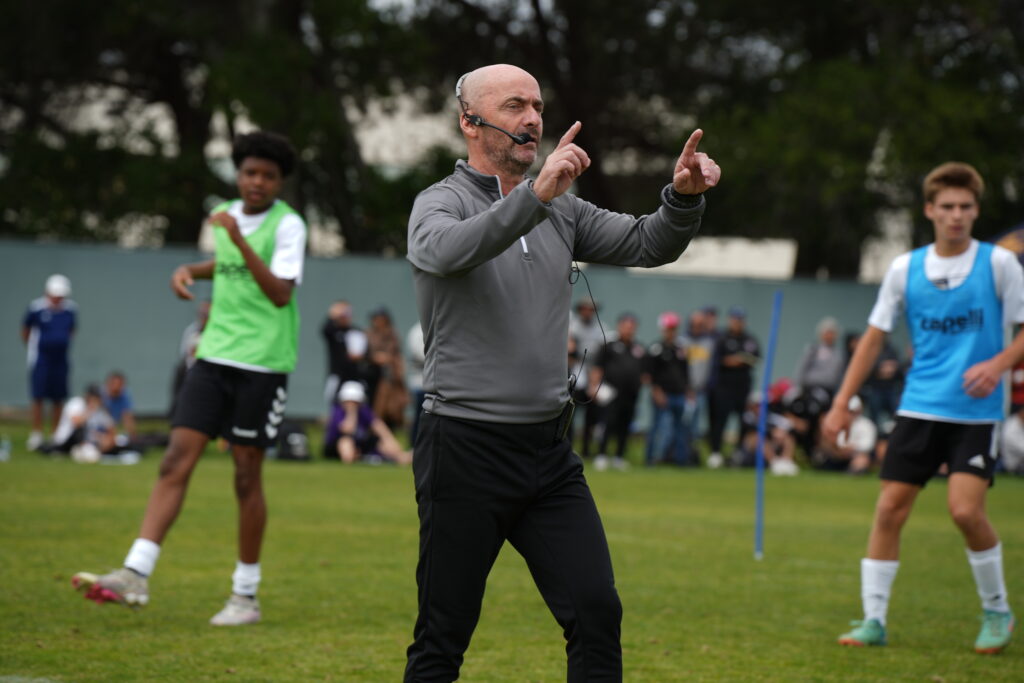
After Nubbemeyer completed his trainings, Young took to the field, demonstrating one of his signature practices aimed at developing field vision through players checking their shoulders to be more aware of their surroundings.
The idea of a signature practice is having a session that’s run club-wide, with modifications made based on the age and stage of the players, so that any coach from any level can come and watch a signature practice and immediately be able to evaluate the level of the players and session.
“I liked the contrast of the two sessions,” said Modesto Ajax United coach Ted Paolella. “In the morning it was all about playing forward quickly and looking for 2v1 opportunities. But in the afternoon, Young focused on resting through holding onto the ball.”
According to Paolella, some of the restrictions Young placed on his training stood out as something to take back home to Modesto, specifically when the Scottish manager imposed touch restrictions that were unbalanced for each team.
“As a modified game form, having one team with a two touch limitation, and the opposing team with unlimited touches, encouraged one team to play quick combinations, while the other team tried to hold onto the ball,” Paolella said.
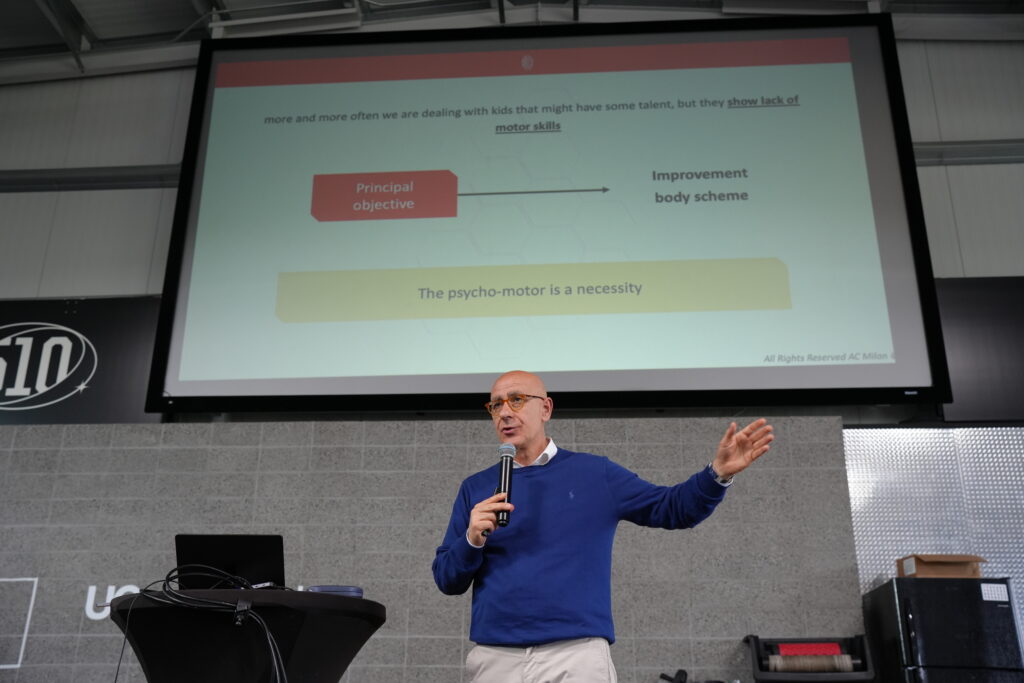
The day ended with another lecture from Professor Vincenzo Vergine, who has been at the top of Italian soccer for decades through his work with ACF Fiorentina, AS Roma, and AC Milan.
Vergine’s presentation, which was followed by a field demonstration led by NorCal’s PDP staff, focused on psychomotor skills and building coordination in a scientific way.
Vergine focused on three aspects of development: receptor skills, coordination skills, and technical skills, all three which he believes must be connected in order to create top players.
“When a player is juggling and the ball falls, you have to understand why,” Vergine said. “It may be a different reason for different players so if you try to help them all with the same exercise, it won’t work. But if you understand the player’s coordination ability, then you can diagnose the problem and understand their technical ability.”
